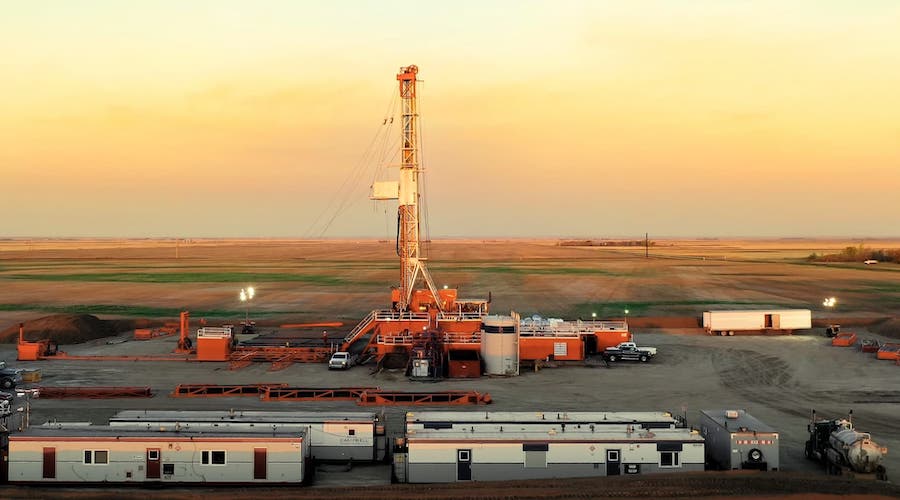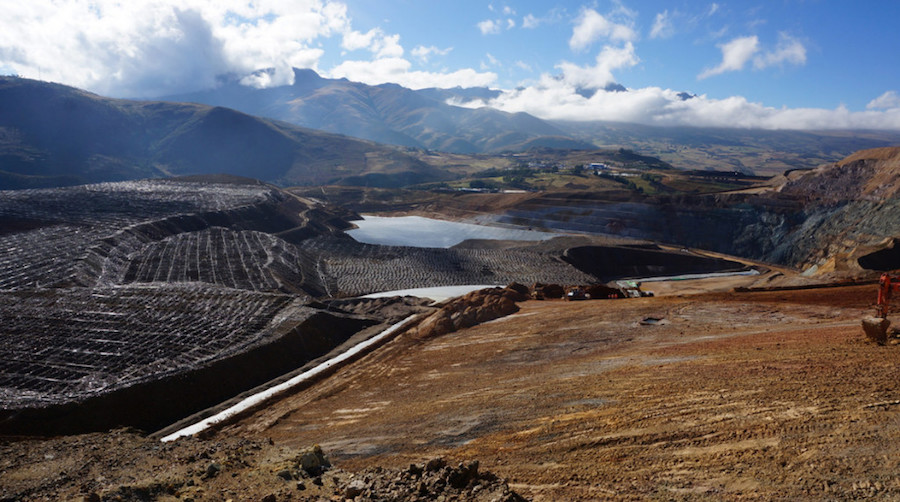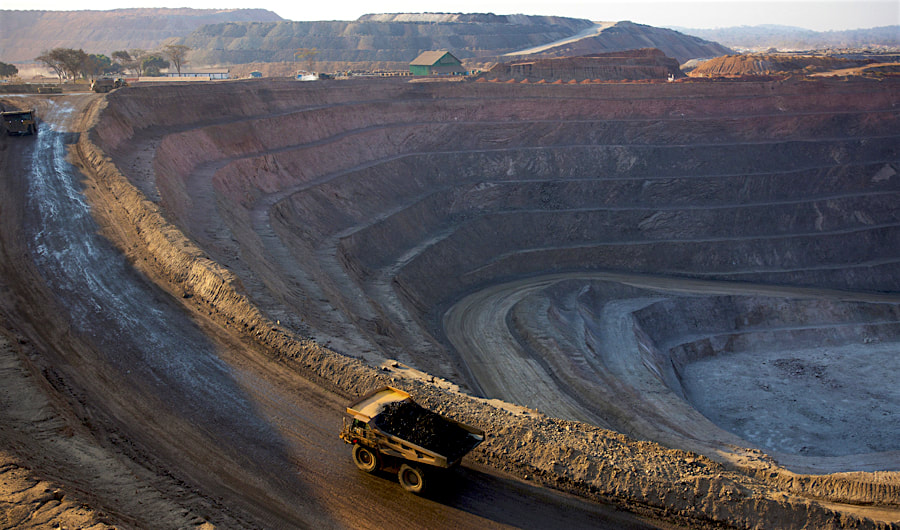The Oil Nation Hosting COP29
- Azerbaijan, the host of COP29, has a long history of oil production and remains heavily reliant on fossil fuels.
- The government is investing in renewable energy projects and aims to increase the share of green electricity to 30% by 2030.
- Environmentalists are skeptical of Azerbaijan's commitment to a green transition, citing its ongoing oil and gas production and exports.
Azerbaijan is well known for its strong link to the oil industry, having produced ‘black gold’ for well over a century. It was a pioneer in fossil fuel production and continues to rely heavily on crude to this day. Now, as host of the COP29 climate summit, Azerbaijan is looking to clean up its act by investing in clean energy projects and helping developing countries to do the same. However, it is important to understand the significant role that oil has played in the former Soviet state and its ongoing commitment to fossil fuels.
Baku, the capital of Azerbaijan, was the world’s first oil town, with wells being drilled as early as the 1840s. It was once known as ‘Black City’ having long been covered in soot from oil industry operations. Refineries were developed starting in 1959, and its oil industry went from strength to strength from there. Azerbaijan remains a major oil power, with fossil fuels contributing 90 percent of the country’s exports. It continues to be in the top 10 most oil- and gas-dependent economies worldwide.
In the 1800s, the explorer Marco Polo is reported to have been describing Baku when he wrote, “Near the Georgian border there is a spring from which gushes a stream of oil in such abundance that a hundred ships may load there at once. This oil is not good to eat, but it is good for burning and as a salve for men and camels affected with itch or scab.” Russia and other foreign entrepreneurs invested heavily in the development of Azerbaijan’s oil industry from the mid to late 1800s through the establishment of oil production operations and the construction of pipelines for exportation, which led to a century-long boom.
Despite its longstanding history with crude, over the last two decades, the government has invested heavily in transforming Baku. It funded the renovation of many of the city’s buildings to create bright, beige facades in a bid to transform Baku into a “White City”. Now, the government is hoping to continue its clean-up act on the energy industry. President Ilham Aliyev recently stated that Azerbaijan is “in the active phase of green transition”. Azerbaijan is making no pretense about its strong link with oil and natural gas and plans to continue producing fossil fuels. However, Aliyev has been vocal about his plans for a green transition, particularly going into COP29. The aim is to produce around 30 percent of the country’s electricity from green sources by the end of the decade, which would be a major increase from just 7 percent at present. This will be achieved through the development of several large-scale solar farms around Baku. As well as developing its domestic renewable energy sector, the government hopes to export some of this clean energy to Georgia via an interconnector, as well as to Romania and Hungary under the Black Sea.
Azerbaijan has largely substituted oil for gas when it comes to exports, which it views as a cleaner fossil fuel. The government says that its increase in gas exports in recent years helped Europe shift its reliance away from Russia, following the invasion of Ukraine and subsequent sanctions on Russian energy. There was a sharp rise in demand from several Western states in response to the Russia-Ukraine war, which helped boost Azerbaijan’s export levels and revenue.
While Azerbaijan continues to rely heavily on oil and gas, the government has emphasized its commitment to international climate goals, such as striving to limit global temperatures to 1.5oC above pre-industrial levels. The government is committed to producing fossil fuels while demand remains high, with a focus on the country’s natural gas output, but aims to also decarbonize the economy by investing in renewable energy and clean tech to support an eventual global green transition.
However, many environmentalists believe that Azerbaijan’s energy strategy is at odds with its climate pledges. It is attracting much of the same criticism as the COP28 host country The UAE, with many suggesting that to give major oil states such a strong role in international climate policy is detrimental to a green transition unless they are willing to bring about real change at home. There are no plans to end oil and gas production any time soon in the UAE, Azerbaijan, or Brazil – the host of the following COP30 summit, which environmentalists believe greatly undermines many of the aims of the conference.
In June, the government announced plans to invest $2 billion in green projects. The Minister of Energy, Parviz Shahbazov, stated, “By 2027, in the first phase of partnership with energy companies, we are planning to realize close to 2 GW of new renewable volumes, which will increase the share of renewables in installed capacity to 33 percent.” While this demonstrates the aim to diversify Azerbaijan’s energy mix, Shahbazov emphasized the government’s ongoing commitment to oil and gas, which will likely draw criticism from many international actors going into COP29.
By Felicity Bradstock for Oilprice.com









